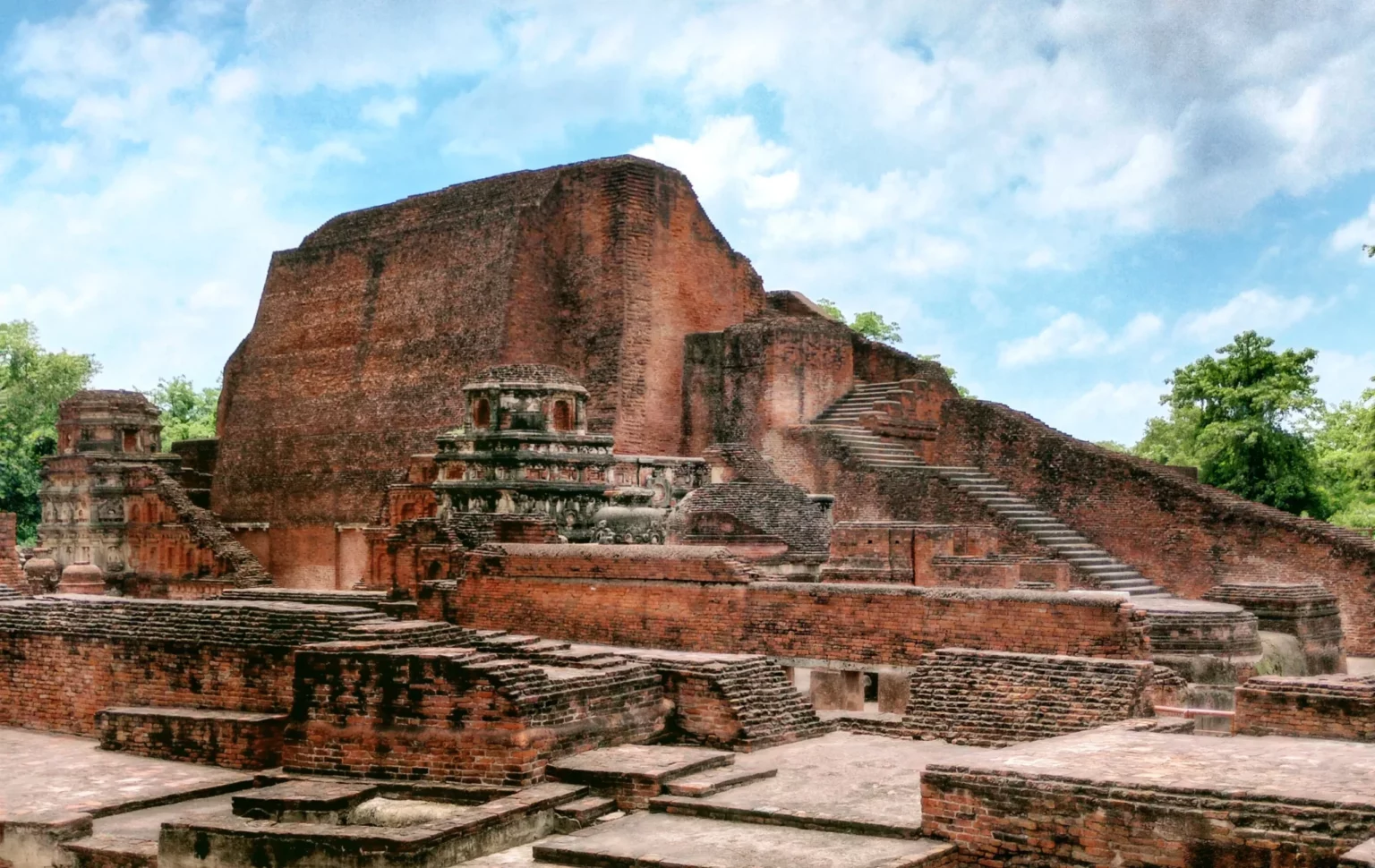Throughout human history, universities have played a pivotal role in shaping the intellectual and cultural landscape of the world. From the ancient Greek academies to the modern universities of today, these institutions have been a beacon of knowledge, inquiry, and discovery.
Among the world’s oldest and most renowned universities is Nalanda, an ancient center of learning that was founded in the 5th century CE in present-day Bihar, India. It is widely regarded as one of the world’s first universities, and it attracted students and scholars from all over India and beyond. Nalanda was a residential university, and students from different parts of India and beyond lived and studied there.
The university was founded during the Gupta Empire, which was known for its flourishing culture, art, and science. The university grew in size and reputation under the patronage of the Gupta kings, and it soon became a center of excellence in the fields of Buddhist philosophy, mathematics, astronomy, logic, and medicine, among others.
The curriculum at Nalanda was very diverse, and students were expected to study a range of subjects, including grammar, metaphysics, logic, medicine, and astronomy. The university was known for its rigorous academic standards and its emphasis on critical thinking and independent inquiry.
The library at Nalanda was one of the largest and most comprehensive in the world at the time. It contained thousands of manuscripts and books on a wide range of subjects, and it was visited by scholars from all over the world. The library was a testament to the intellectual curiosity and scholarship of the people who studied and taught at Nalanda.
Nalanda was also a center of cultural exchange, and it attracted students and scholars from all over Asia, including China, Japan, Korea, and Tibet. These scholars brought with them their own traditions and cultures, and they enriched the intellectual and cultural life of the university.
Nalanda played a significant role in the spread of Buddhism throughout Asia. The university was a center of Buddhist scholarship, and many of its students and teachers went on to become important figures in the Buddhist world. The university also attracted many non-Buddhist scholars, who were interested in studying the Buddhist tradition and its philosophical and ethical teachings.
Nalanda was destroyed by invaders in the 12th century CE, and much of its library and buildings were destroyed. However, the legacy of Nalanda lives on. Its intellectual and cultural achievements continue to inspire scholars and thinkers around the world, and its spirit of inquiry and critical thinking remains relevant today.
In conclusion, Nalanda was an ancient center of learning that played a significant role in the intellectual and cultural history of India and Asia. It was a center of excellence in the fields of Buddhist philosophy, mathematics, astronomy, logic, and medicine, among others, and it attracted students and scholars from all over the world. The library at Nalanda was one of the largest and most comprehensive in the world, and it was a testament to the intellectual curiosity and scholarship of the people who studied and taught at the university. Despite its destruction, the legacy of Nalanda lives on, and it remains an important symbol of intellectual and cultural achievement.




